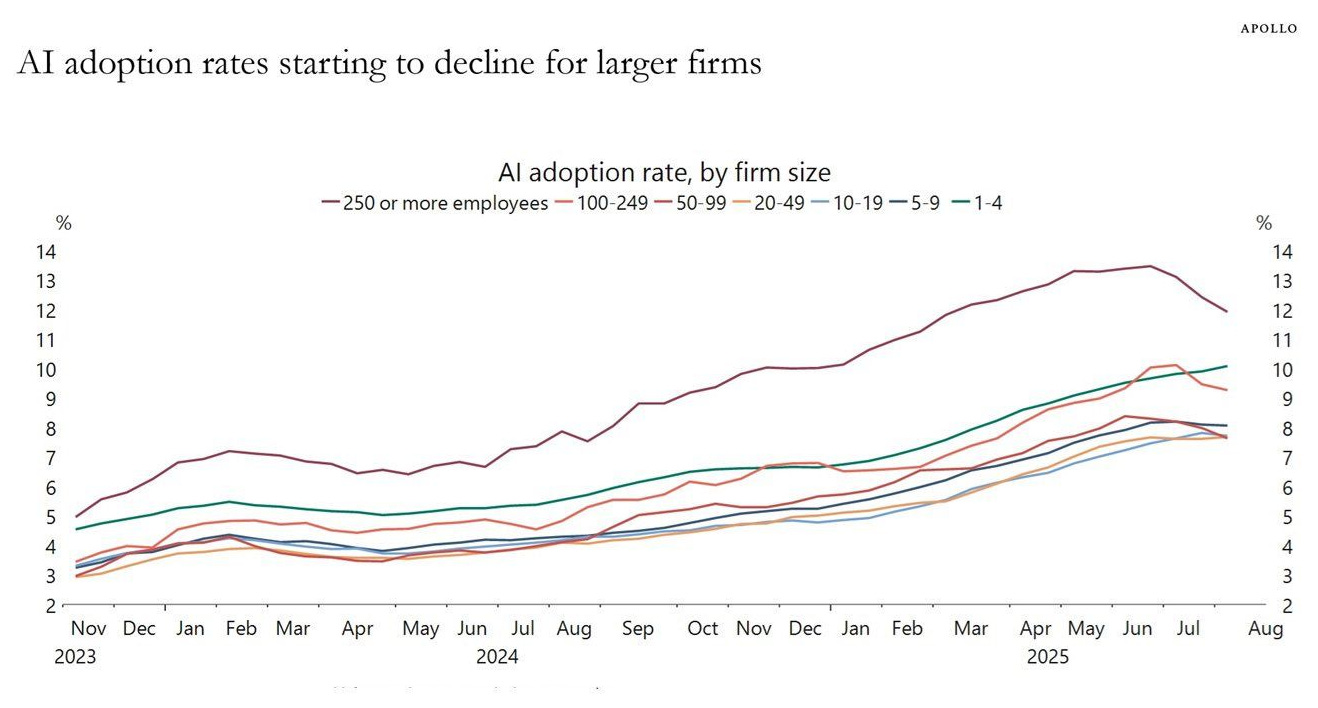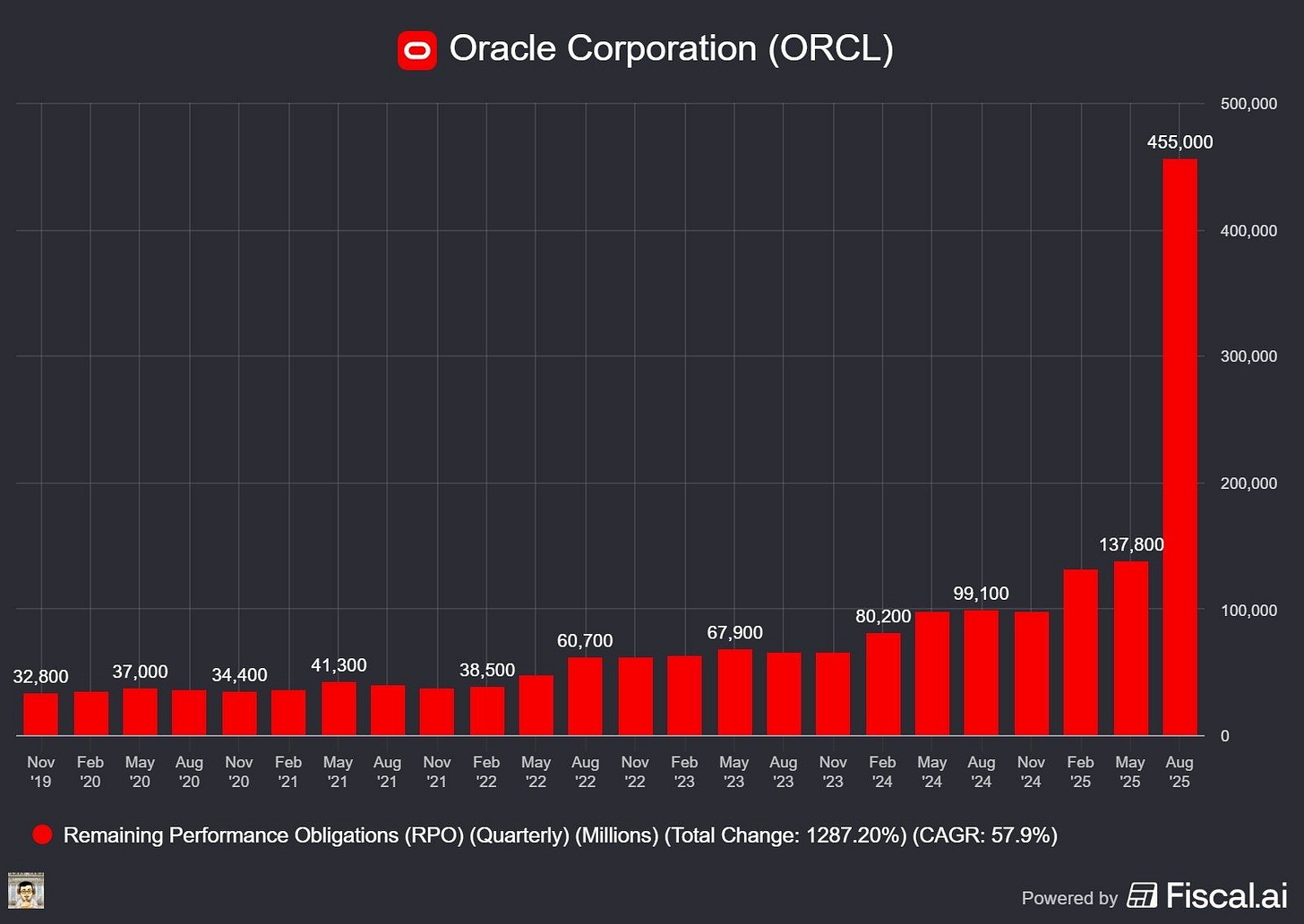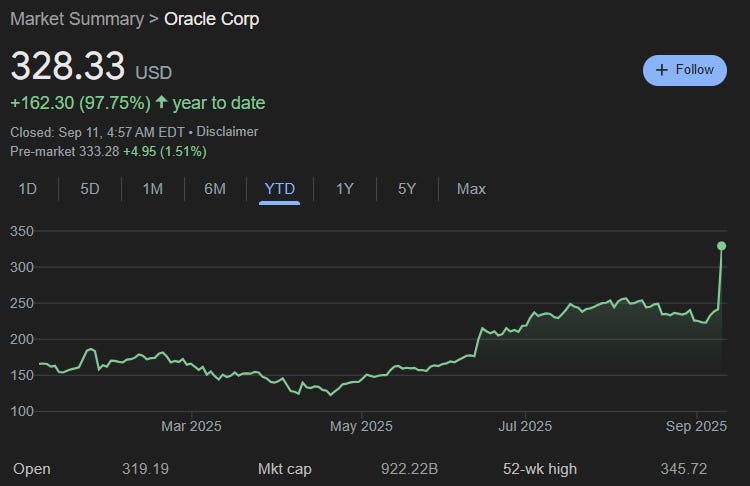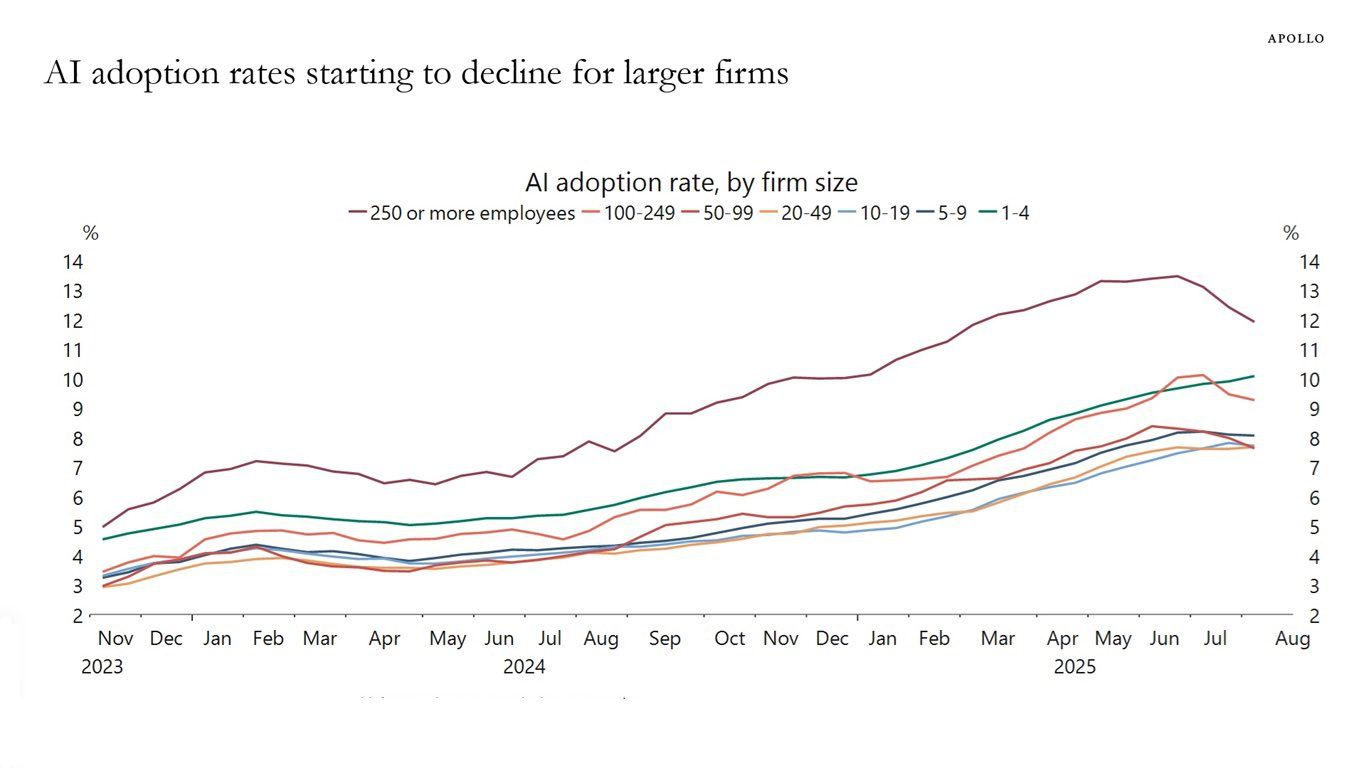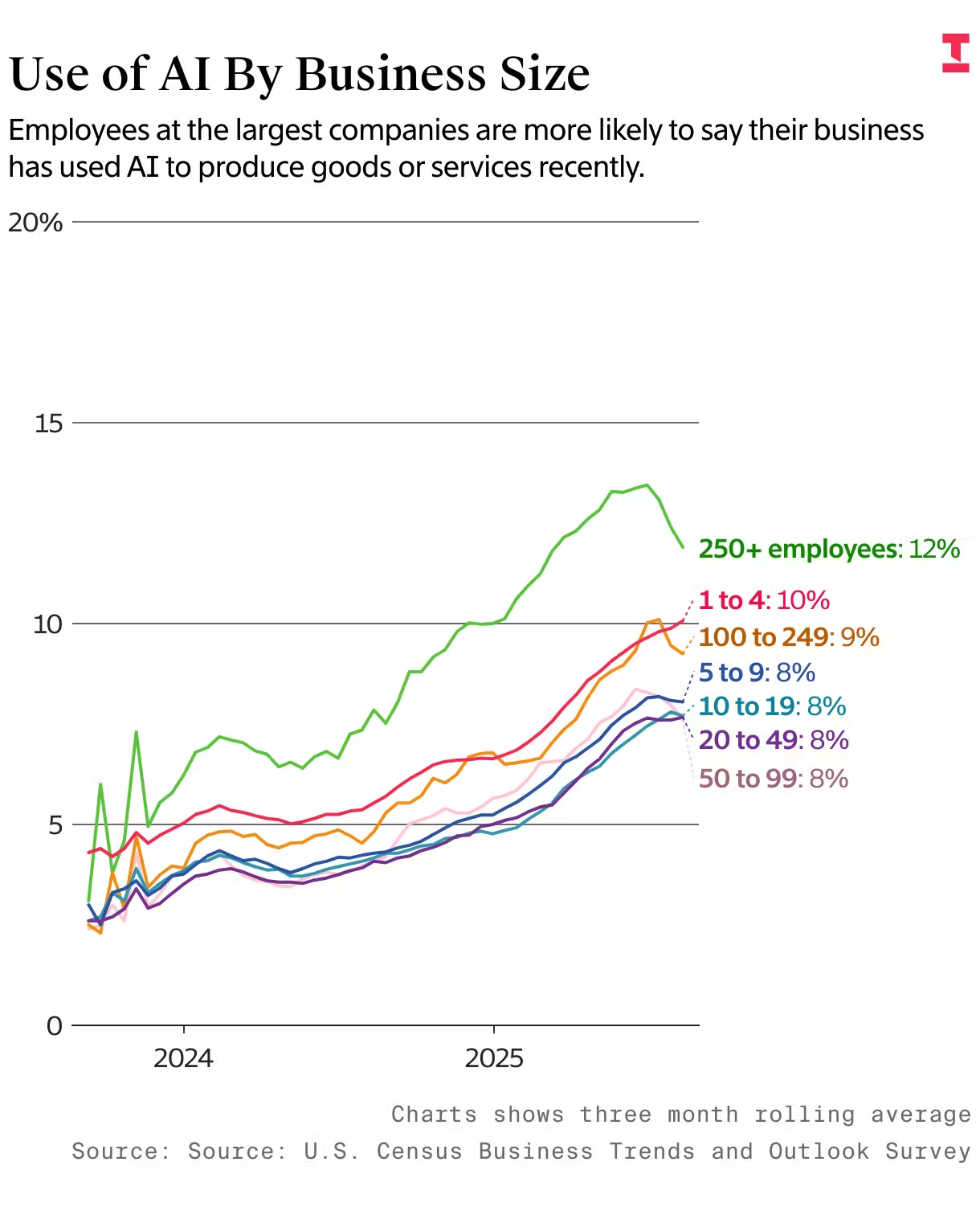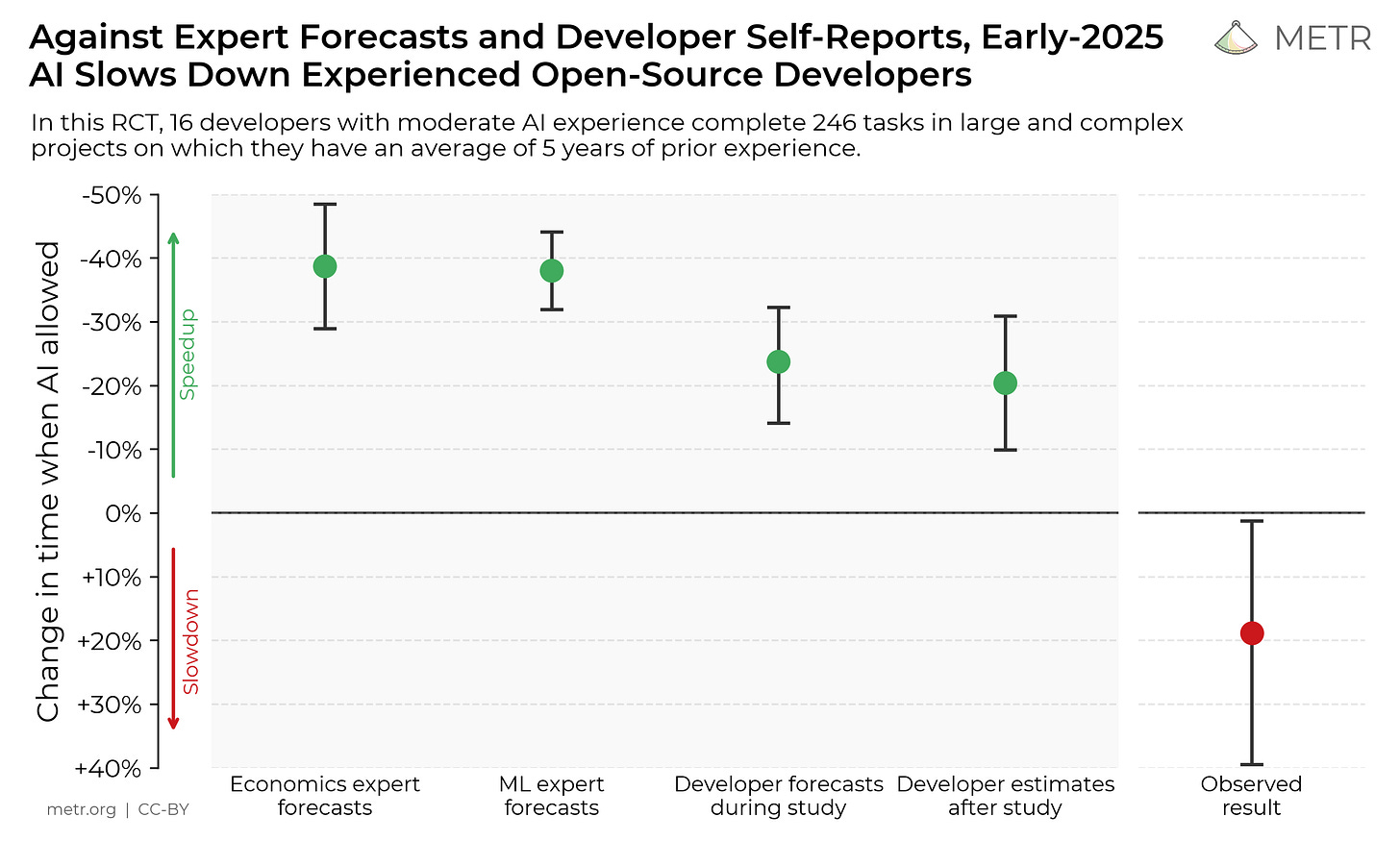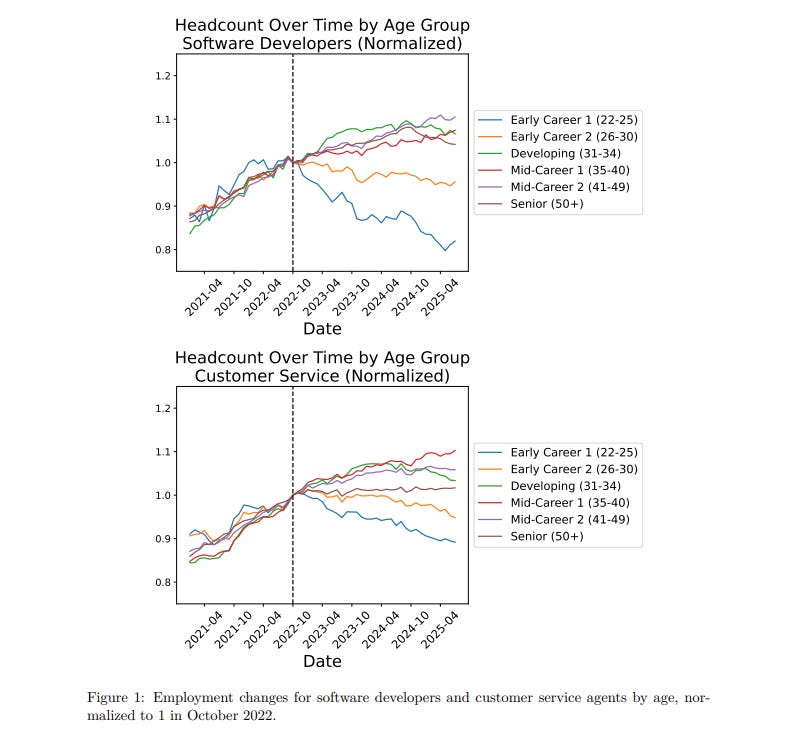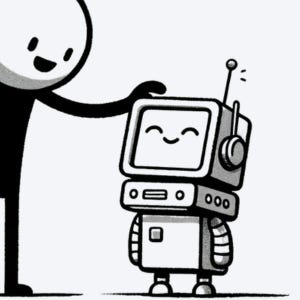AI Reports and Papers that Matter Sept, 2025
The compute vs. ROI Paradox: Deep dive: 7 AI Reports Everyone's Ignoring (And Why That's Your Edge)
I wanted to go through some AI related reports, news and details I’ve been watching. Sort of a massive document, this is my jam. You know I’m a bit fan of infographics right? Part of my curation is to look at the Macro picture as it relates to the development of AI and its real-world future.
While there’s more talk of an AI bubble, there are more contrarian signs mounting. While AI boosters rush to try to discredit them, what does the data say?
The paradox of rising compute vs. capex against, lower demands for entry level jobs, lack of ROI, poor performance of AI pilots and low adoption among bigger firms is hard to reconcile with in the Fall of 2025. It’s hard to argue with. It’s a watercooler topic for Technies and Analysts like me. ⛲
Fair warning, there is easily more than a weekend’s worth of reading in this Meta article. According to the Census Bureau, AI usage in large companies is in decline.
The purpose of this post is to expose you dear reader to AI reports if you want to go deeper into a particular topic, however also providing enough context, cues, summaries and infographics that you can browse the material and get the TL;DR yourself easily. I hope you find it useful, if you do please don’t hesitate to share it:
Demand for Compute Keeps Rising
As AI infrastructure capacity has been reaching its limit, Microsoft went with Nebius and OpenAI of course went with Oracle (according to the WSJ, their five-year deal starts in 2027). Well it showed up on Oracle’s balance sheet recently and Oracle’s stock went parabolic up 36% on September 10th, 2025, more or less unheard of for companies this big.
Rise of BigAI - the ‘TABNOOA’ Group
his essentially means the BigAI firms like Nvidia, TSMC, Broadcom, Oracle and Anthropic. OpenAI are gaining on tradition BigTech MAGA. The acronym? “TAB-NOO-A”. (TSMC, Anthropic, Broadcom, Nvidia, OpenAI, Oracle and Alibaba respectively).
So this matters because even if U.S. firms are using Generative AI less lately, demand for compute is still beyond capacity.
The BigAI cohort are’t just AI startups but also new beneficiaries centered in the picks and shovel semiconductor and capacity players. Projecting forwards has never been more interesting:
The U.S. while building more Compute Warehouses, well this AI Boom isn’t Creating Jobs in the Real World
In fact, with tighter immigration, hiring freezes and less entry level job vacancies, a predictable thing is occurring:
So why isn’t Generative AI creating more new kinds of jobs?
AI Adoption Rates start to decline at Larger Firms
Apollo Research wrote a note about how among firms with more than 250 staff, adoption rates peaked at just under 14% earlier this summer before slipping back to about 12%.
The source is actually a new survey conducted by the U.S. Census Bureau that has led to some lively debate online this week.
That is, workplace adoption of AI in companies over 250 employees for producing goods and services has fallen from 15% to 12% in August.
This implies the US Census Bureau found evidence of an obvious drop-off in corporate AI use — the largest since the survey began in November of 2023. Which is stoking the AI bubble debate all over again, even as Nvidia, Broadcom and Oracle revenue skyrockets.
Can AI Coding Tools be making Software Engineers Slower?
In the study, published in July, the think tank Model Evaluation & Threat Research randomly assigned a group of experienced software developers to perform coding tasks with or without AI tools. It was the most rigorous test to date of how AI would perform in the real world (Atlantic), .
In a pre-experiment survey of experts, the mean prediction was that AI would speed developers’ work by nearly 40 percent. Afterward, the study participants estimated that AI had made them 20 percent faster. The result was shocking. The METR team looked at the employees’ actual work output, they found that the developers had completed tasks 20 percent slower when using AI than when working without it.
A lot of new data and reports have accelerated media reports about an AI bubble.
An MIT report that 95% of AI pilots fail
The report looked at what companies are actually trying to do with AI and why they may not be succeeding. Entitled The GenAI Divide: State of AI in Business 2025, the report was published by MIT Media Lab’s NANDA Initiative.
It’s important to go a bit deeper into the analysis.
The U.S. Capex to ROI and Productivity Paradox
It’s very curious all of these negative reports related to AI come when the U.S. labor market looks like it’s going downhill, yet the stock market is doing the exact opposite as demand for compute boosts Earnings and profits.
World Models Might Complement the limitations of LLMs in the late 2020s
Fei-Fei Li is like a “Godmother of AI” and what she says about the limitations of the transformer LLM architecture makes a lot of sense. Fei-Fei Li’s company, called World Labs.
Quote of the day:
"There's no language out there in nature. You don't go out in nature and there's words written in the sky for you.. There is a 3D world that follows laws of physics." - Fei-Fei Li, of course Yann LeCun, Gary Marcus and many others have talked about the limitations of the Generative AI approach.
The study revealed that workers between the ages of 22 and 25 have experienced a 13% relative decline in employment since 2022, in occupations most exposed to AI.
White Collar Deskilling is not a Myth
So being overly dependent on Generative AI for some academics and white collar professionals is dangerous. A new study shows how physicians using AI systems are suffering a measurable decay in skills. I came across this via Nita Farahany’s article here.
She says:
After just three months of AI assistance, experienced endoscopists, physicians who’d spent years honing their ability to spot potentially cancerous polyps, became significantly worse at their jobs. The study, published in Lancet Gastroenterology & Hepatology, found this deskilling persisted even after controlling for every variable the researchers could think of.
Whatever job you do, you should be very wary of deskilling risks. Because you worked hard to acquire those skills!
Against the Uncritical Adoption of 'AI' Technologies in Academia
AI as Normal Technology
Esteemed Arvind Narayanan and Sayash Kapoor explained recently their new Newsletter name and viral essay. If you want to understand their thesis in greater detail take a look:
They add “To view AI as normal is not to understate its impact—even transformative, general-purpose technologies such as electricity and the internet are “normal” in our conception. But it is in contrast to both utopian and dystopian visions of the future of AI which have a common tendency to treat it akin to a separate species, a highly autonomous, potentially superintelligent entity.”
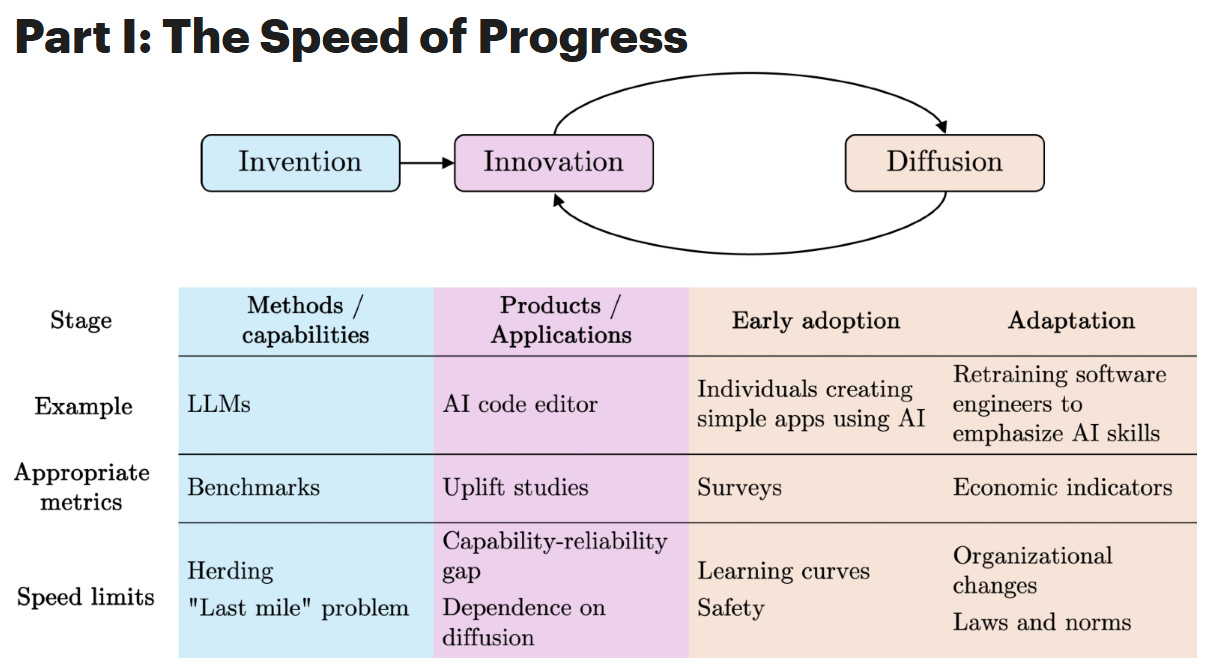
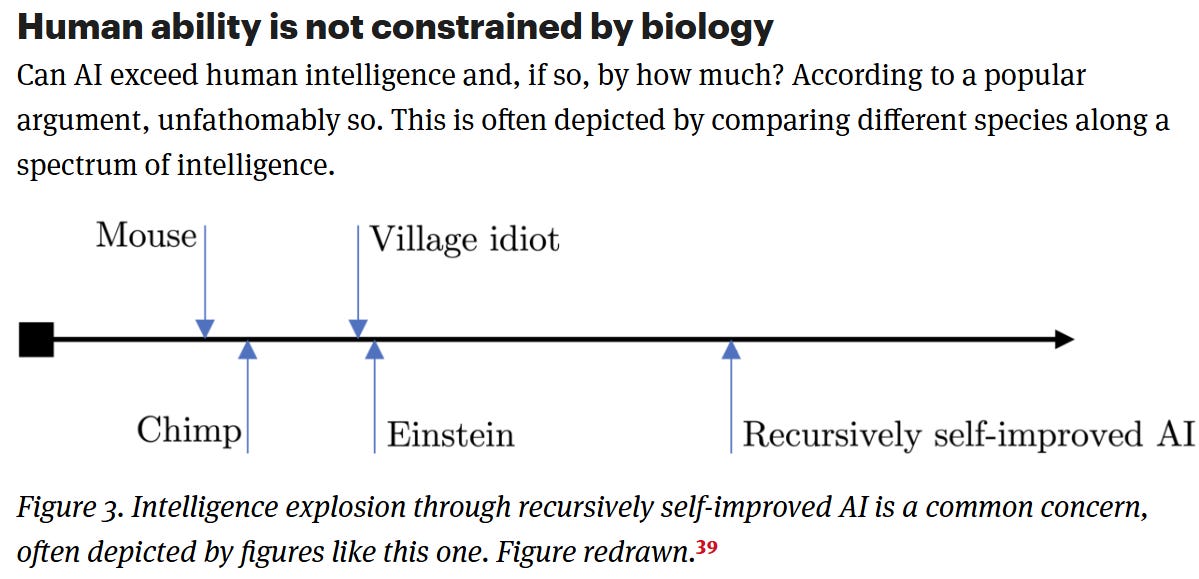
The deep dive today is by Jing Hu - “I document the mutual adaptation between humans and machines, how each remakes the other.”
2nd Order Thinkers
She goes over : 7 AI Reports Everyone's Ignoring (And Why That's Your Edge)
Her deep dive is at the end of the infographics list of AI reports to follow, you can listen to it here:
7 AI Reports Everyone's Ignoring: 37 min 5 seconds.
Go to AI hyphen supremacy dot com to check out this incredible resource which results in an unexpected macro picture for the future of AI. Thanks and shout-out to my listeners on the ElevenLabs reader app as well.
AI Reports 📝📊📈
Keep reading with a 7-day free trial
Subscribe to AI Supremacy to keep reading this post and get 7 days of free access to the full post archives.



